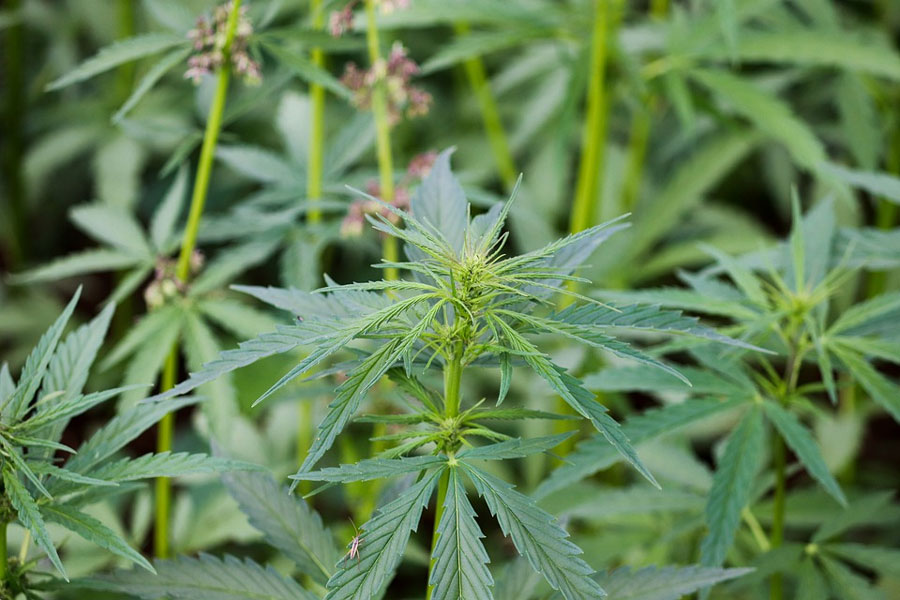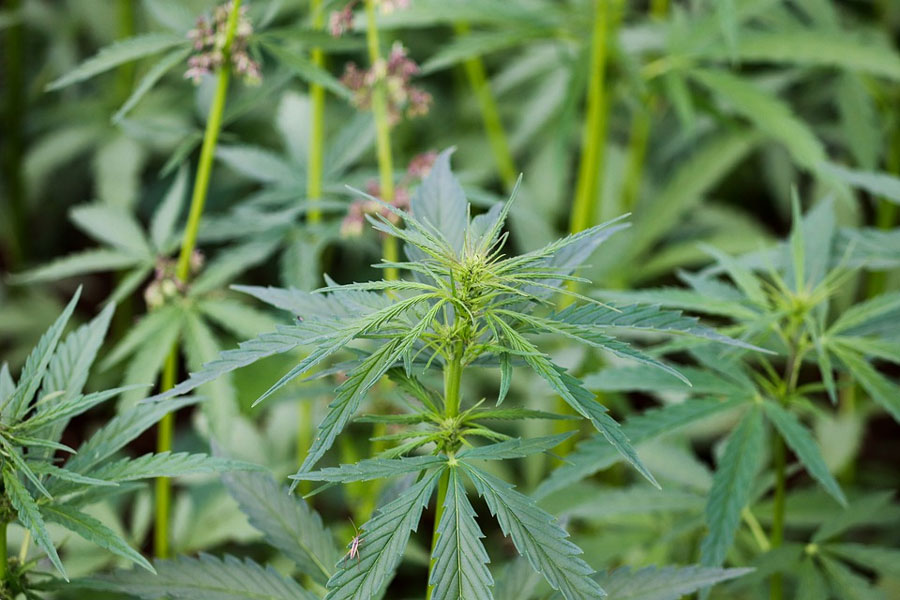Medicinal-Grade Hemp vs. Industrial Hemp
Dec 3, 2020

Finding a high-quality CBD product that really works is a little like panning for alluvial gold — you need to know what you’re looking for in order to sift out hundreds of sub-par alternatives. Since the 2018 Farm Bill paved the way for farmers to grow and market hemp with fewer restrictions, we’ve seen an explosion of CBD products for sale — presenting varying degrees of quality, purity, and truthfulness in labeling. If you are wanting to purchase CBD for wellness, it’s essential that you choose one that was extracted from medicinal hemp, not industrial hemp. Here’s why the source of your CBD matters and how you can choose a medicinal-grade product.
Industrial Hemp vs. Medicinal Hemp: Different Purpose, Different Contents
Since colonial times (and millennia before that), different varieties of Cannabis Sativa have been grown for their fiber and medicinal properties. As just one example, pioneers in the USA were encouraged to grow hemp for making rope, textiles, building materials, and edible seeds, while the plant’s THC-rich cousin marijuana was being cultivated in Mexico for fiber, recreation, and medicinal purposes. Fast-forward to the twenty-first century and we have several subspecies of Cannabis Sativa that are being bred for entirely different end-uses:
-
Marijuana
This heavily-bred variety of Cannabis contains high levels of the psychoactive chemical tetrahydrocannabinol (THC) levels — around 20% on a dry weight basis — making it the subspecies of choice for recreational marijuana use and some medicinal preparations in states where medical marijuana is legal.
-
Medicinal Hemp
Medicinal hemp contains very low levels of THC — at a maximum of 0.3% on a dry weight basis — along with high levels of naturally-occurring CBD and other chemicals that enhance its absorption. This subspecies is legal to grow, process, and sell at a federal level and offers the ideal source for wellness extracts.
-
Industrial Hemp
The cheapest and easiest subspecies to produce, industrial hemp is grown for its fibrous stalks and edible seeds. Industrial hemp is generally low in cannabinoids (including both THC and CBD) and is often grown as a cover crop to draw up pesticides and herbicides before a food crop is planted.

A Behind-the-Scene Look at Hemp Cultivation
With such different end uses, it’s therefore not surprising that industrial hemp and medicinal hemp are planted and tended in very different ways. It’s a little like a bodybuilder who needs to grow muscle vs. a gymnast who needs flexibility — different means lead to different ends.
Industrial Hemp
To produce as much useful material as possible, producers of industrial hemp plant the stalks only 10cm apart to encourage the plants to grow upwards and create long, fibrous stalks and an abundant head of oil-rich seeds. Compared with medicinal hemp, these crops take less land to produce and can easily be sourced cheaply from China.
Medicinal Hemp
Contrasting industrial hemp vs medicinal hemp, medicinal hemp is more of a specialty crop that is bred specifically for its CBD content. Growers plant the stalks up to 2m apart, giving the plants plenty of space to branch out horizontally and develop heavy, resin-rich flowers and buds from which medicinal cannabinoids can then be extracted.
Growers need to take special care to keep their resin-producing female plants away from any male hemp plants to avoid cross-pollination, seeding, and a rapid drop in cannabinoid levels. They also need to use labor-intensive, organic practices to keep the resulting extracts pure and uncontaminated by heavy metals, pesticides, herbicides, and disease.
Medicinal-Grade Extracts from Medicinal Hemp
Once the resin-rich buds have been harvested from medicinal hemp, the way that these buds are handled has a significant impact on the potency and effectiveness of the final products. Ideally, a phytocannabinoid-rich hemp oil is extracted using a solvent-free, supercritical CO2 chamber, screened for its cannabinoid content and possible contaminants, and mixed into wellness products in a pharmaceutical-grade facility that follows the highest possible standards of hygiene. These products should then be packaged in blue or amber-colored glass bottles for transportation to prevent the cannabinoid content from degrading.
Kanavia — A Cut Above the Rest

At Kanavia Organics, our aim is to create the most effective, easily-absorbed, CBD products from medicinal hemp that contain all of the beneficial compounds of hemp minus the presence of THC. Beginning with a CBD-rich strain of hemp, we use a clean, solvent-free extraction process followed by a proprietary nanoemulsion technique that makes our CBD oils up to six times more bioavailable. Our products are then tested by an independent, third-party laboratory as well as an in-house liquid chromatography test.
Are you ready to upgrade your CBD experience and discover the difference between industrial hemp vs. medicinal hemp? Shop our premium-grade products today and enjoy free U.S. shipping plus a free, rejuvenating CBD face mask.

